Fascinating facts about space, covering everything from planets, stars, galaxies, black holes, and beyond:
Alright, let’s talk about space—not the space in your room, not the one between your teeth, but the big, dark, mysterious thing that surrounds our planet and goes on forever (probably). The one with stars, planets, black holes, aliens (maybe), and a whole bunch of questions we still don’t have answers to.
Space is that topic where the more you learn, the more you realize how little we actually know. It’s a place where science, imagination, and a little bit of madness all come together. So, let’s take a laid-back journey through the cosmos and explore the weird, wild, and wonderful world of outer space.
So, What Is Space?
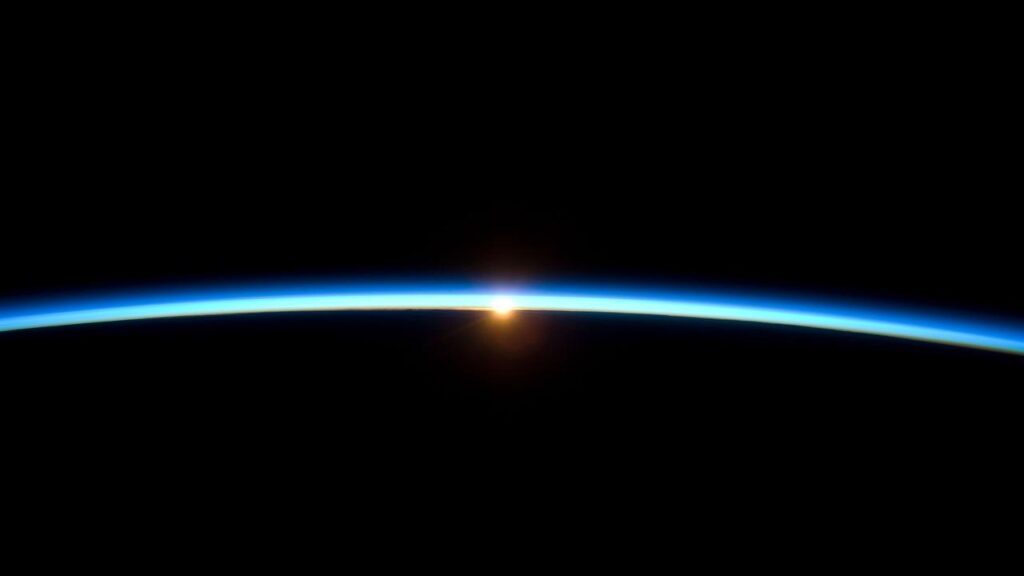
Simple version? Space is what’s outside Earth’s atmosphere—it starts about 100 kilometers (62 miles) above sea level, in a region called the Kármán line. That’s where the blue sky ends and the black void begins.
But here’s the catch: space isn’t just “empty.” It’s not a giant nothingness. It’s filled with energy, particles, light, radiation, gravity, and a lot of bizarre phenomena that we’re still figuring out.
The Neighborhood: Our Solar System
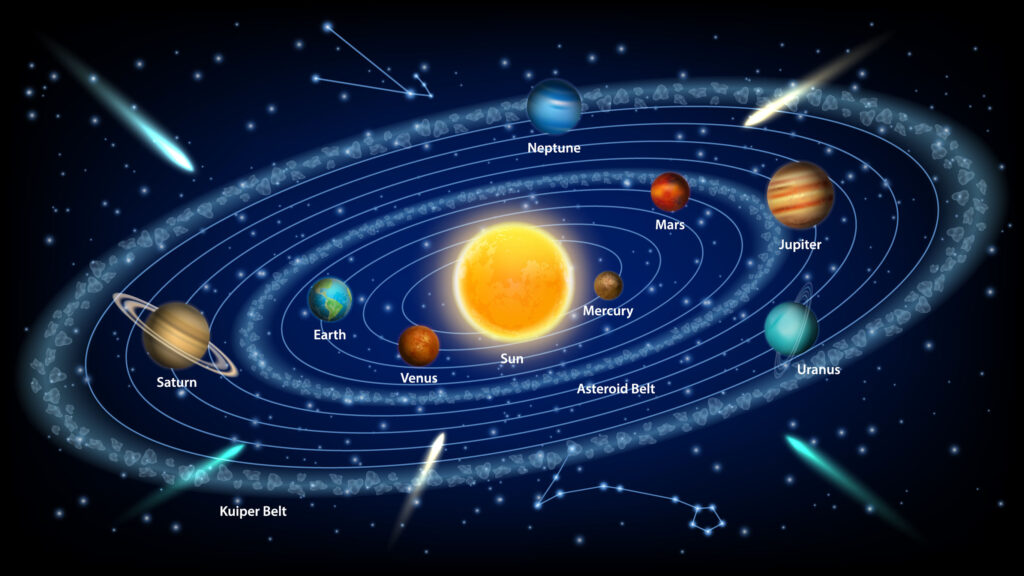
Let’s start local—our solar system.
- In the center, we’ve got the Sun, a giant ball of nuclear fire that’s been burning for 4.6 billion years and powers life on Earth.
- Then there’s us, Earth—just the right distance from the Sun, with water, breathable air, and (so far) the only known planet with pizza.
- We’ve got 7 other planets, including:
- Mercury: Basically a hot rock.
- Venus: Like Earth’s evil twin—super hot and toxic.
- Mars: Our favorite red neighbor; we’ve sent rovers, and humans might go next.
- Jupiter: A gas giant with a giant red storm that’s been raging for centuries.
- Saturn: Famous for its stunning rings.
- Uranus: The planet with the most unfortunate name.
- Neptune: Dark, cold, and very, very windy.
There are also moons, asteroids, dwarf planets (hey Pluto, we still love you), comets, and weird things like the Kuiper Belt and Oort Cloud floating around out there.
Stars and Galaxies: We’re Tiny, Bro
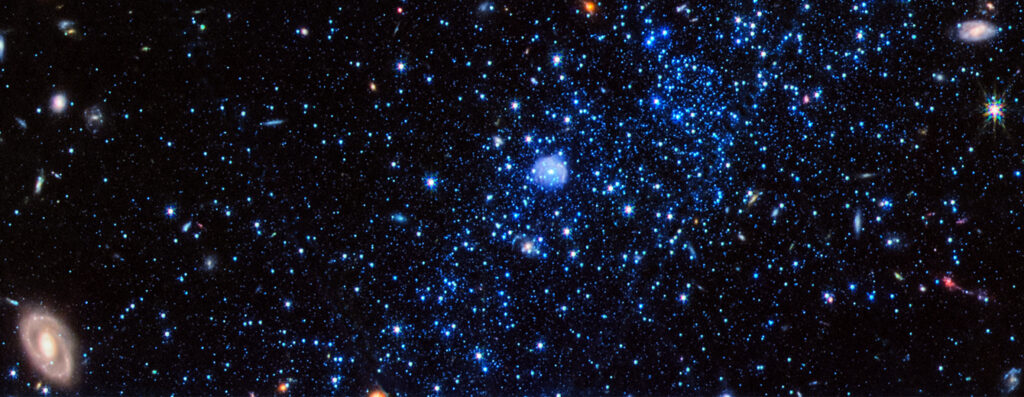
Look up on a clear night and you’ll see stars. Thousands of them. But fun fact: what you’re seeing is just a tiny speck of the universe. Our Sun is one star in the Milky Way galaxy, which has about 100 to 400 billion stars. And guess what? The Milky Way is just one galaxy out of an estimated 2 trillion in the observable universe.
Wrap your head around that. We are really, really, really small. Like, grains of sand on a cosmic beach kind of small.
The Weird Stuff in Space
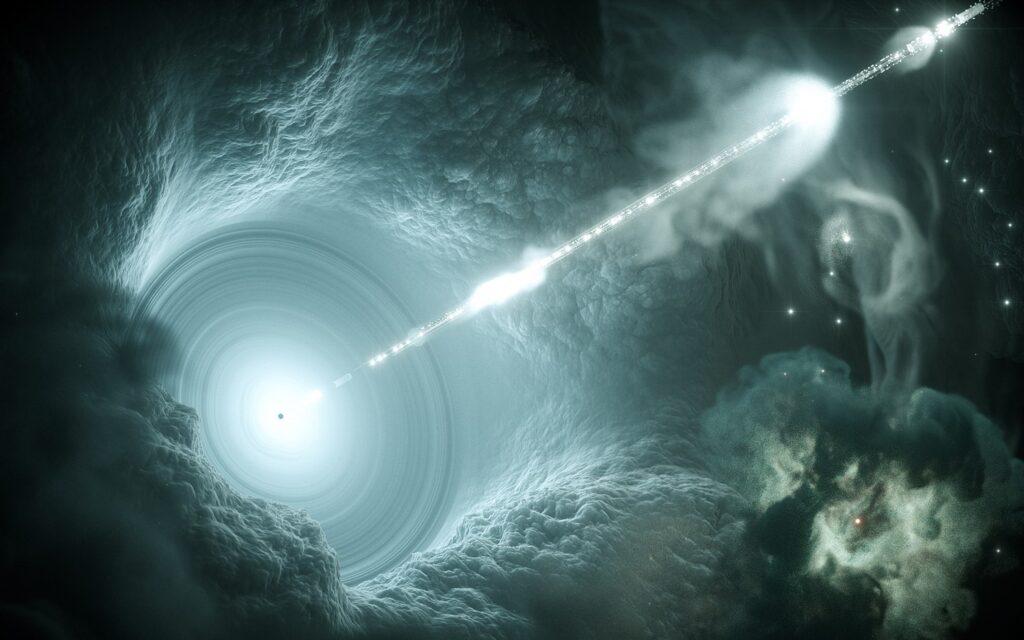
Here’s where things get trippy.
1. Black Holes
These are regions of space where gravity is so intense that nothing—not even light—can escape. They’re like cosmic vacuum cleaners, but way scarier.
They form when massive stars collapse, and we only discovered the first real image of one in 2019. It looked like a blurry orange donut, but hey, it was still historic.
2. Neutron Stars
Imagine a star so dense that a single teaspoon of it would weigh a billion tons. That’s a neutron star. They’re the remnants of supernova explosions and can spin hundreds of times per second.
3. Dark Matter and Dark Energy
Here’s where science goes full mystery mode. About 95% of the universe is made up of stuff we can’t even see—dark matter (which has mass but doesn’t emit light) and dark energy (which is making the universe expand faster and faster).
Scientists know it’s there… but they have no idea what it actually is. Creepy and cool.
Is There Life Out There?

This is the big question, isn’t it?
We’ve spent decades sending signals, rovers, and probes trying to find signs of alien life. So far? Nothing concrete. But considering how huge the universe is, it seems kind of unlikely that we’re the only intelligent life.
Some scientists are betting on Mars, others are eyeing moons like Europa (Jupiter) or Enceladus (Saturn) that have underground oceans.
And of course, there are people who think aliens have already visited Earth and are just waiting for us to stop fighting over internet memes before saying hi.
Space Travel: Humans Get Ambitious

We’ve come a long way since the first satellite, Sputnik, launched in 1957.
- 1969: Neil Armstrong and Buzz Aldrin walked on the Moon. “One small step for man…” You know the line.
- 1971–2023: We built space stations, sent probes to every planet, and even landed on asteroids.
- Today: We’ve got billionaires like Elon Musk (SpaceX), Jeff Bezos (Blue Origin), and Richard Branson (Virgin Galactic) pushing space tourism. The dream? Humans on Mars by the 2030s.
Also, countries like India (hello, ISRO!) are making huge leaps with missions like Chandrayaan and Gaganyaan, proving that space isn’t just a U.S.–Russia thing anymore.
The Daily Life of Astronauts

Ever wonder what it’s like to live in space?
- You float. All the time.
- You eat food from pouches. No pizza delivery up there.
- You sleep in a bag tied to the wall, otherwise you might drift off like a balloon.
- You exercise 2 hours a day to stop your muscles from turning into mush.
And yep, even going to the bathroom is a mission in itself. Let’s just say gravity really helps us down here.
Space and Pop Culture
Space isn’t just science—it’s a whole mood.
From Star Wars, Star Trek, and Interstellar to The Martian, Gravity, and even cartoons like Rick and Morty, space has been a playground for our imaginations. There’s something about the unknown that keeps us coming back for more.
And let’s be real—who hasn’t wanted to say, “Beam me up, Scotty,” at least once?
Why Should We Care About Space?
Great question. Space seems distant and expensive. But exploring it helps us in more ways than you’d think.
- Technology: GPS, satellite TV, weather forecasts—all thanks to space research.
- Inspiration: It pushes our boundaries, sparks creativity, and makes us dream big.
- Survival: Earth isn’t going to last forever. Whether it’s climate change, asteroids, or some unknown catastrophe, space might be our ticket to survival one day.
Plus, space makes us humble. It reminds us that we’re part of something so much bigger than ourselves.
Final Thoughts
Space is vast, mysterious, terrifying, and beautiful all at once. It’s full of things we understand, things we don’t, and things we haven’t even discovered yet. Whether you’re into science, sci-fi, or just like looking up at the stars and feeling tiny, there’s something in space for everyone.
And who knows—maybe one day, you might walk on the Moon, fly through Mars dust, or wave at Earth from some futuristic spaceship.
Until then, just keep looking up.


















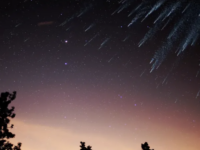

















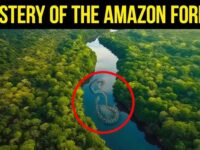



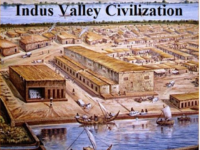





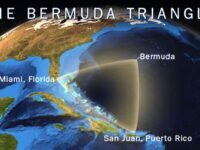
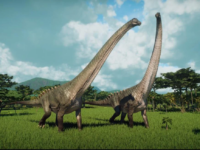
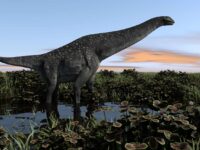


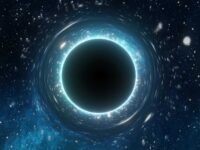










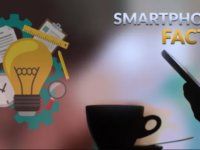




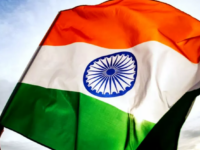
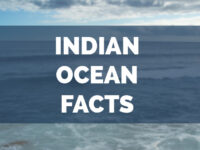



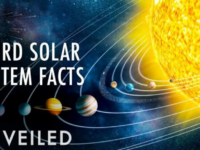









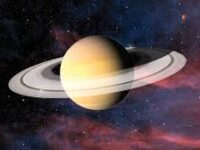
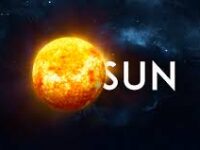




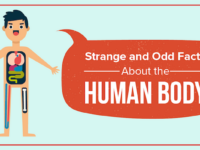








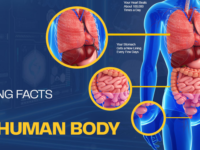




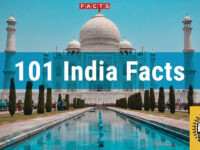

0 Comments